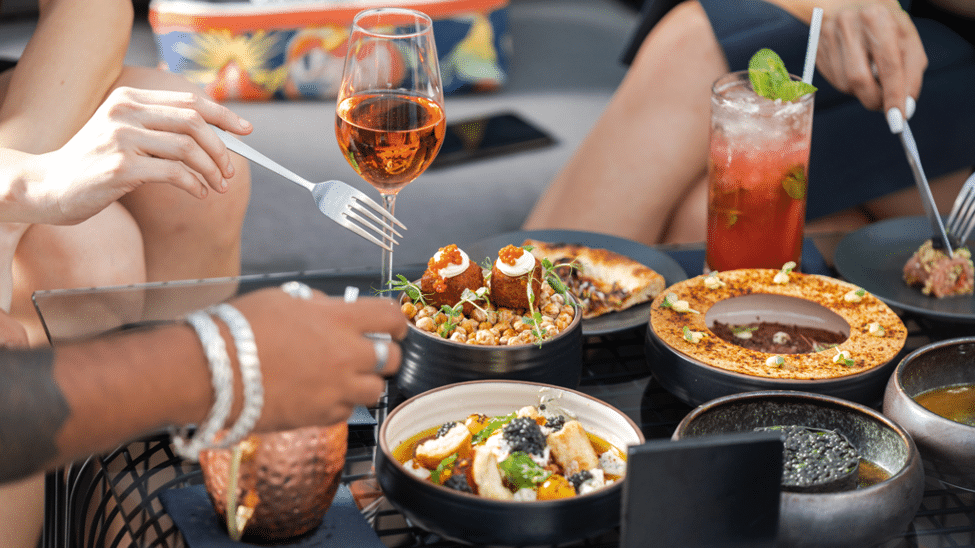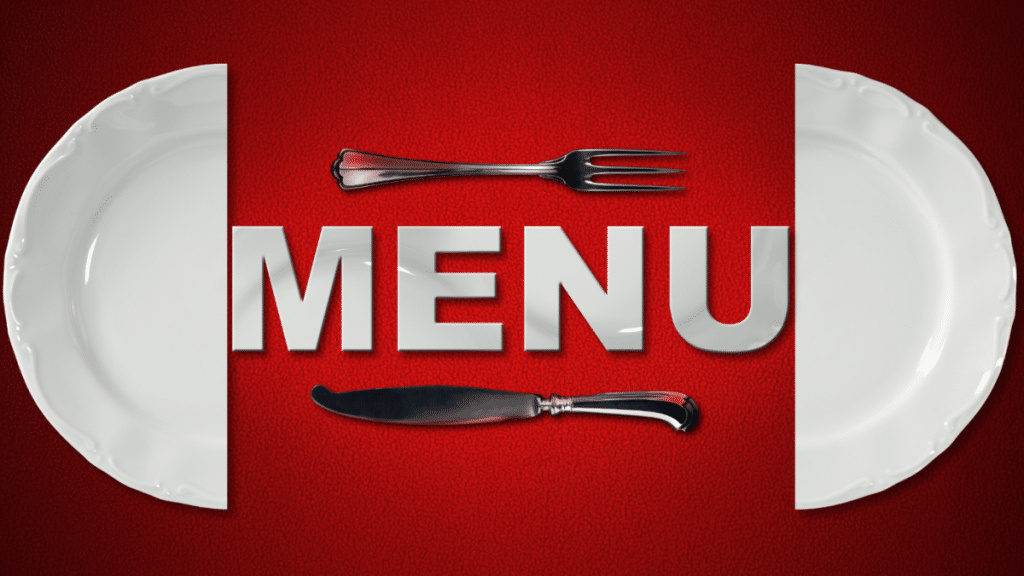The menu is the heart of any restaurant. It not only defines the dining experience but also determines how well a restaurant aligns with its target audience and market trends. Menu designing is a science and an art. It requires a blend of creativity, customer understanding, and strategic planning.
This article will explore how restaurants decide on their menus, including key factors like cuisine selection, pricing, seasonal offerings, and customer preferences. As we dive deeper, we’ll also touch upon how specialized cuisines, such as Turkish foods, influence menu decisions, and mention the importance of diverse offerings, like those found at Inari Asian Bistro.
Understanding the Restaurant’s Concept
Defining the Theme and Cuisine
Every menu begins with the restaurant’s core concept. Whether it’s a cozy café, a fine-dining establishment, or a casual eatery, the concept defines the type of food and experience the restaurant wants to offer. For instance, a Mediterranean restaurant might emphasize Turkish foods, incorporating flavors like kebabs, baklava, and meze platters.
At this stage, restaurants focus on:
- Identifying their target audience.
- Researching popular cuisines and trends.
- Ensuring their concept aligns with the local market demand.
Aligning with Brand Identity
The menu also reflects the brand identity of the restaurant. A modern, upscale bistro like Inari Asian Bistro may include innovative dishes with a fusion of Asian flavors, appealing to adventurous diners. The brand’s identity dictates not just the food but also the presentation, pricing, and portion sizes.
Researching Market Trends
Studying Customer Preferences
Customer preferences play a huge role in menu planning. Restaurants often conduct surveys, analyze market trends, and even observe competitors to understand what customers are looking for.
For example, the increasing popularity of authentic ethnic cuisines has made Turkish foods a sought-after option in many urban areas. Restaurants catering to this trend might include items like lamb shish, pide, or Turkish coffee to attract food enthusiasts.
Incorporating Healthy and Dietary Options
Today’s diners are increasingly health-conscious, and restaurants take note of this by offering gluten-free, vegan, or low-calorie options. Menus that cater to dietary preferences not only attract a broader audience but also show a restaurant’s commitment to inclusivity.
Crafting the Menu
Balancing Variety and Simplicity
A well-crafted menu balances variety with simplicity. Offering too many options can overwhelm customers and lead to inefficiencies in the kitchen. On the other hand, a limited menu might fail to appeal to diverse tastes.
Restaurants often organize their menus into clear categories, such as appetizers, main courses, and desserts. For example, a menu might feature Asian-inspired dishes like sushi or dumplings at inariasianbistro.com while also accommodating customer favorites from other cuisines.
Highlighting Signature Dishes
Signature dishes set a restaurant apart. These items become the go-to choices for diners and help establish the restaurant’s reputation. For a Turkish-inspired menu, dishes like doner kebab or baklava can become signature items that draw customers eager to experience authentic flavors.

Pricing Strategy
Balancing Cost and Profit
Pricing is a crucial aspect of menu planning. Restaurants must balance ingredient costs, preparation time, and overhead expenses while ensuring the prices remain appealing to customers.
For example, high-quality dishes like lamb-based Turkish foods or handcrafted sushi rolls require premium ingredients, which influence the pricing. Restaurants calculate these factors carefully to ensure profitability without alienating their target audience.
Offering Value
Value doesn’t always mean low prices. Customers are often willing to pay more for exceptional quality, presentation, and service. Restaurants enhance perceived value by highlighting unique ingredients, sourcing methods, or chef expertise.
Considering Seasonality
Adapting to Seasonal Ingredients
Seasonal menus are both cost-effective and environmentally friendly. Using seasonal ingredients ensures better taste, freshness, and affordability. Restaurants may rotate their menus to feature dishes that resonate with the current season.
For example, summer menus might include light, refreshing options, while winter menus may emphasize hearty stews or warm desserts. Seasonal ingredients can also inspire creative spins on traditional favorites, like a summer-themed twist on classic Turkish foods.
Menu Design and Presentation
Making the Menu Visually Appealing
The way a menu looks can significantly impact a diner’s choices. Restaurants invest in clear layouts, attractive fonts, and mouthwatering descriptions. Photos of signature dishes or popular items can help customers decide quickly.
A well-designed menu is also easy to navigate. For instance, highlighting chef’s specials or crowd favorites ensures diners don’t miss out on the restaurant’s best offerings.
Highlighting Dietary Information
Many modern menus include clear indicators for vegetarian, vegan, or allergen-free items. This transparency builds trust and makes dining more inclusive.
Testing and Feedback
Piloting New Dishes
Before officially adding items to the menu, restaurants often test new dishes to gauge customer reactions. Special promotions, limited-time offers, or chef’s tasting events allow restaurants to gather feedback and refine recipes.
For example, an eatery considering adding Turkish foods might offer a special Turkish-themed night, encouraging feedback from diners.
Listening to Customer Reviews
Customer feedback is invaluable in determining the success of menu items. Restaurants regularly analyze reviews to identify popular dishes, understand pain points, and make improvements.
Why Menus Matter
Driving Customer Loyalty
A thoughtful menu that balances variety, quality, and affordability encourages repeat visits. Customers who find their favorite dishes on a well-curated menu are likely to return, bringing friends and family with them.
Reflecting the Restaurant’s Commitment
A menu showcases a restaurant’s dedication to excellence. From sourcing premium ingredients to creating unique dishes, the effort put into a menu reflects the restaurant’s values and passion for food.
Conclusion
Designing a menu is a multifaceted process that goes beyond simply listing dishes. It involves understanding customer preferences, aligning with the restaurant’s concept, and balancing cost and quality. Restaurants like Inari Asian Bistro demonstrate the importance of offering diverse yet focused menus that appeal to their target audience while maintaining their brand identity.
